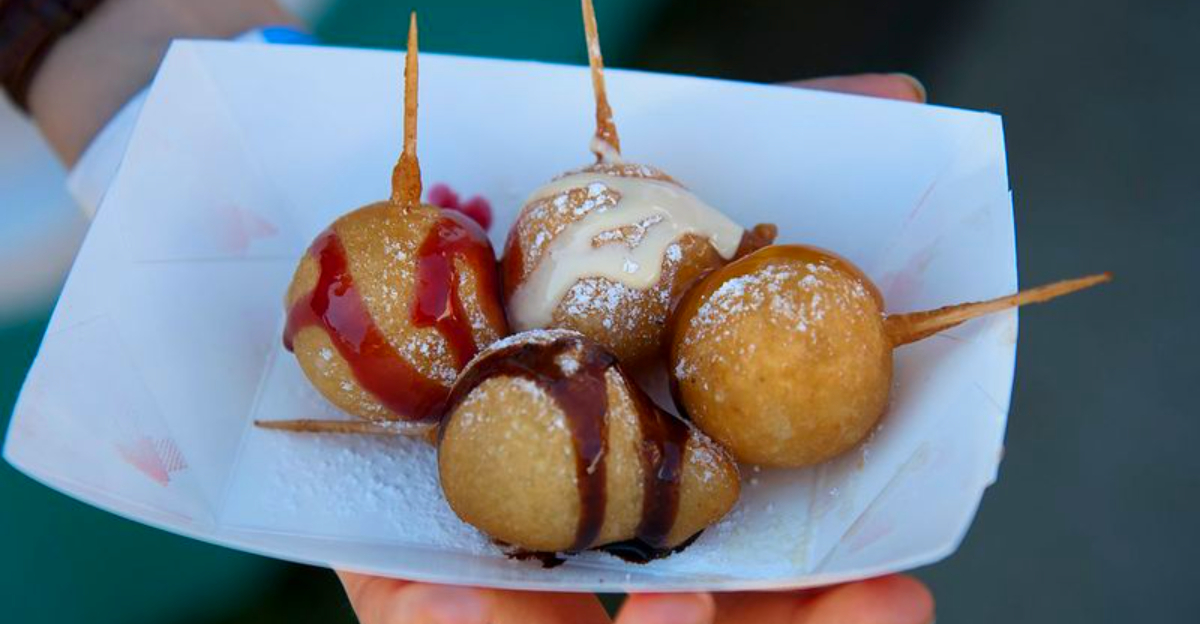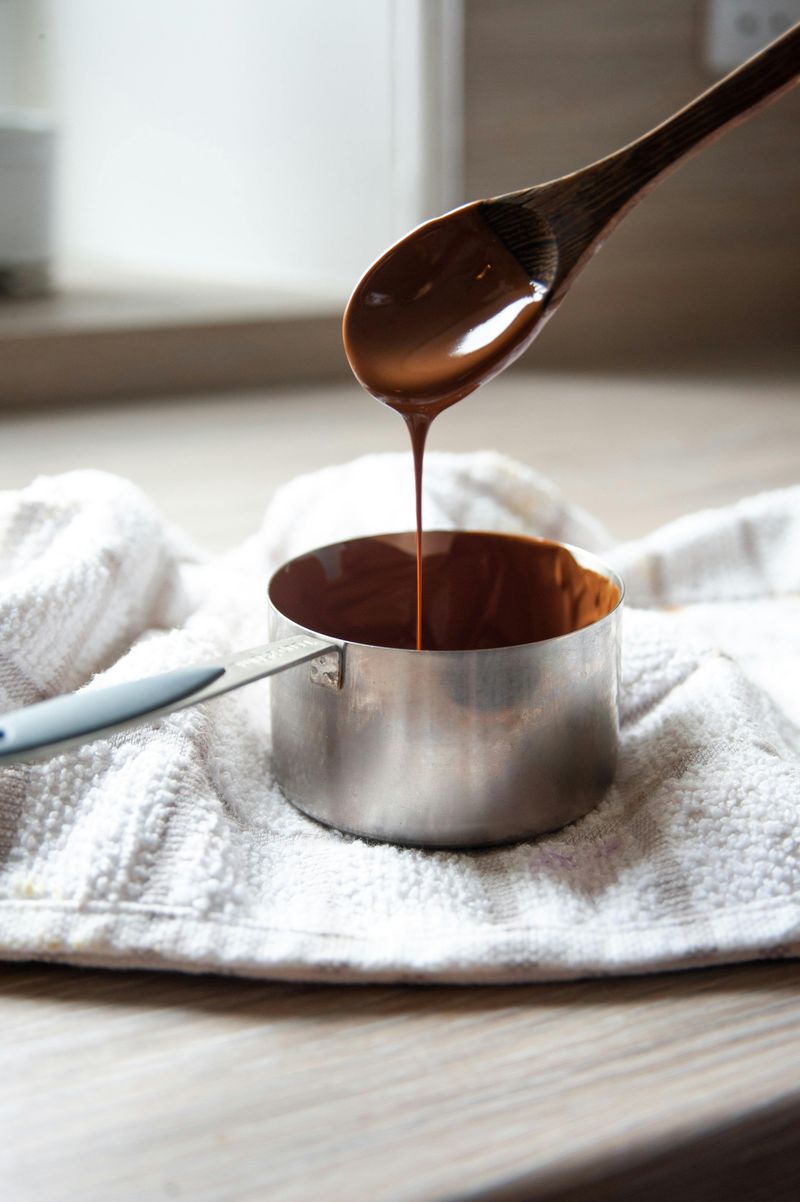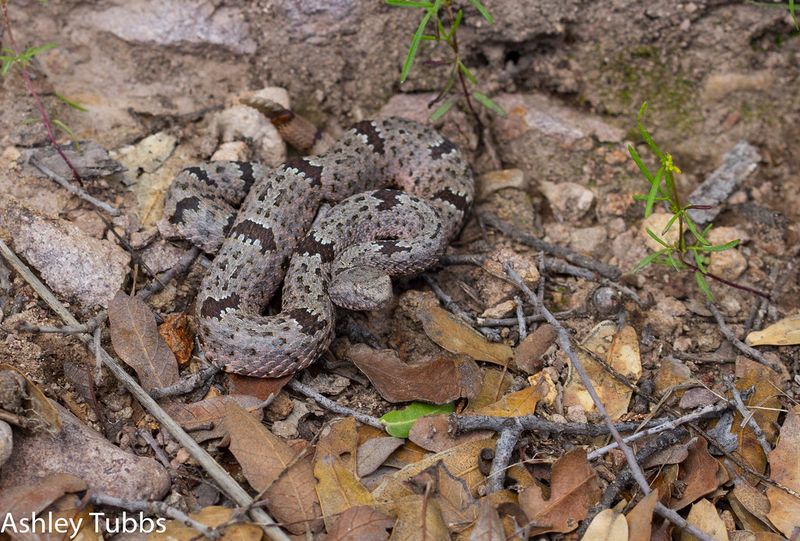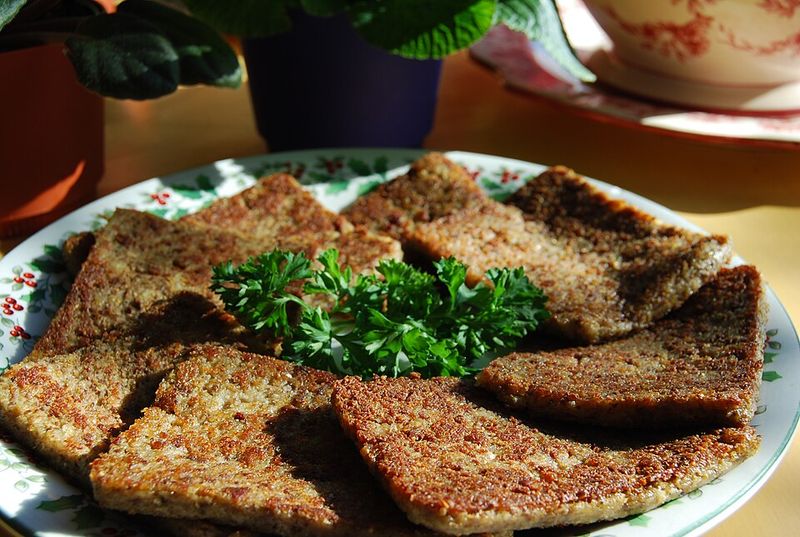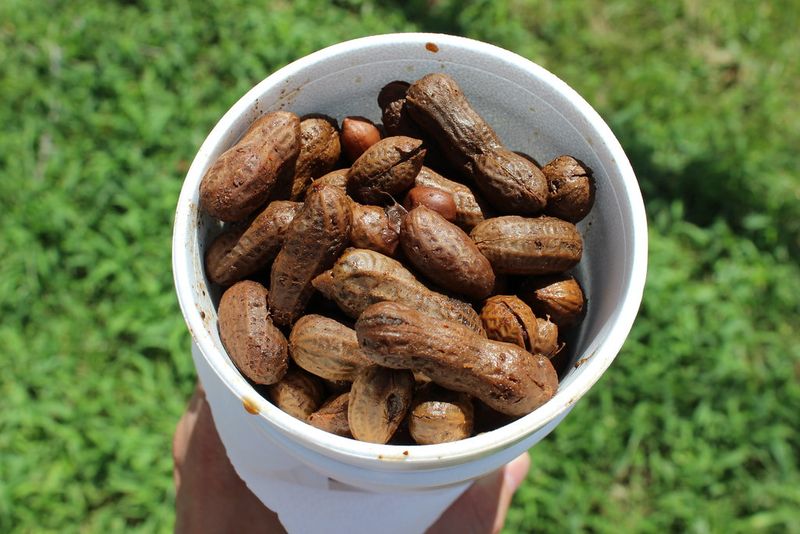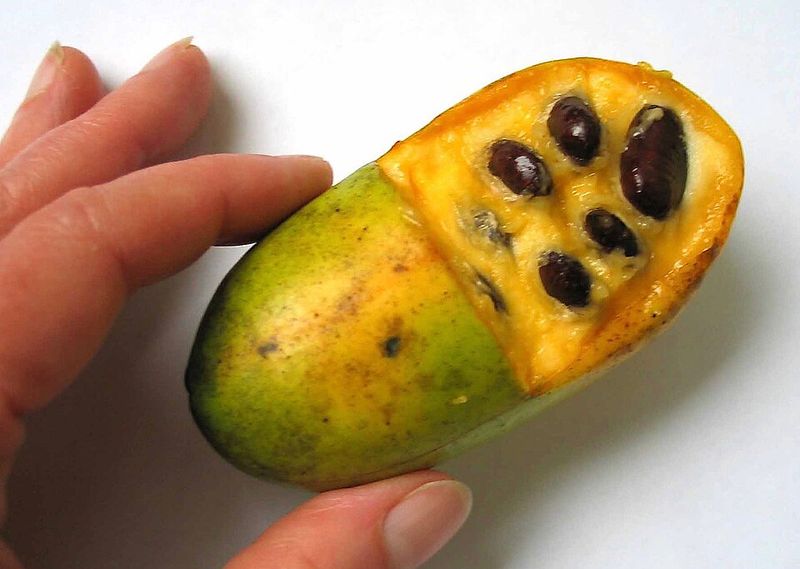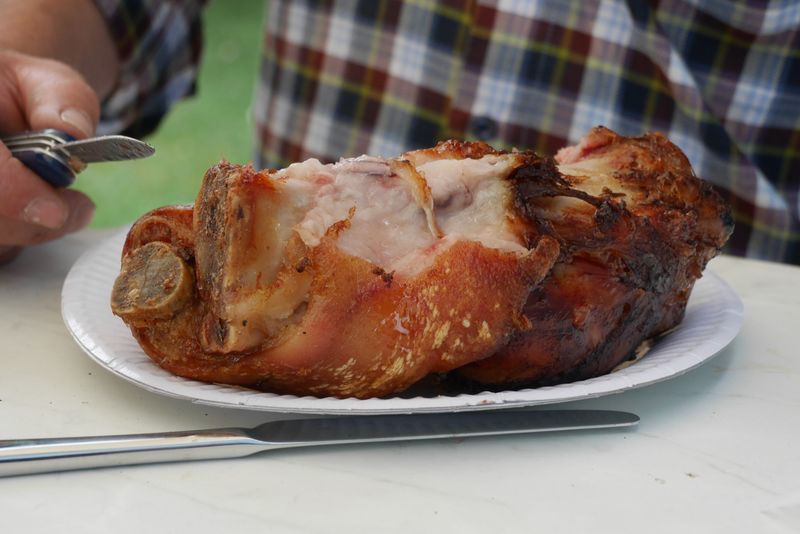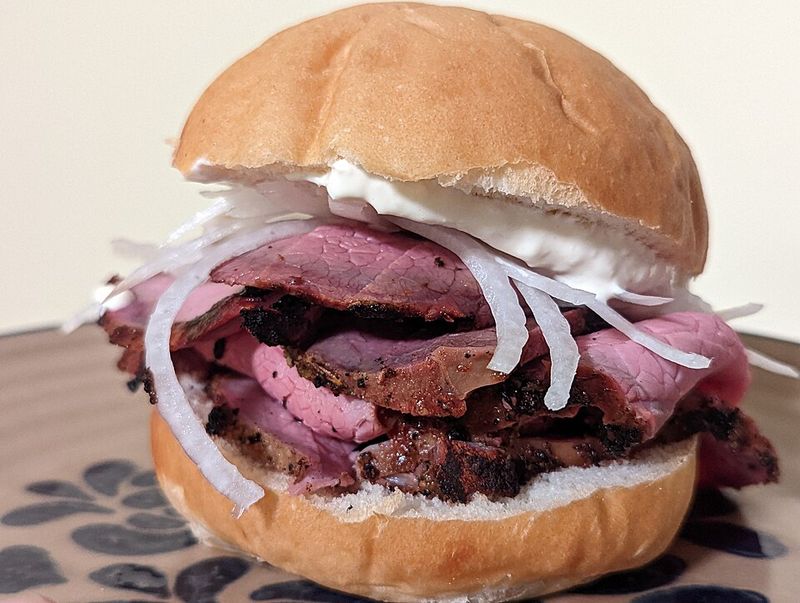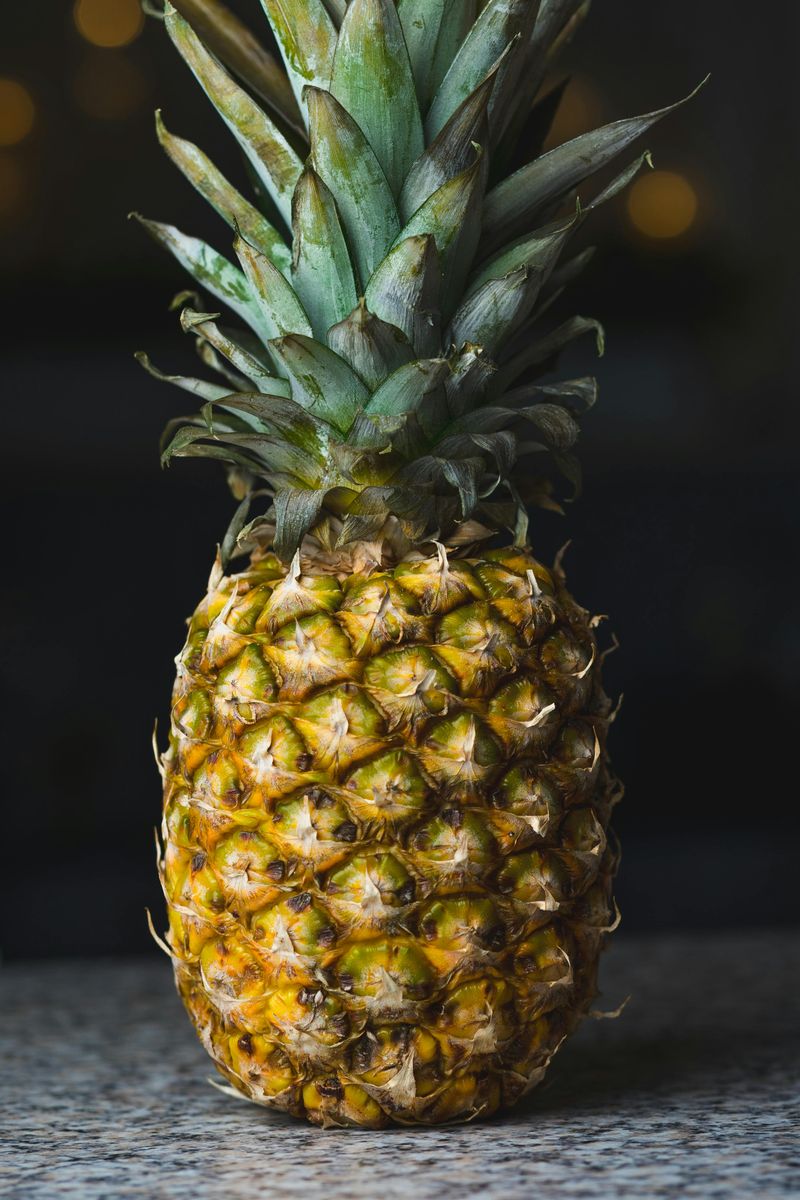America is a melting pot of cultures, and nowhere is that more evident than in the unique foods found across different regions. From pickles soaked in Kool Aid to fried butter, these uncommon dishes tell the story of local traditions, immigrant influences, and creative cooking. Get ready to explore some of the most unusual and delicious regional specialties that most Americans have never even heard of.
1. Kool Aid Pickles (Mississippi)
Biting into a pickle that tastes like your favorite childhood drink is exactly what you get with this Mississippi Delta creation that has been gaining popularity at fairs and gas stations throughout the South.
The process involves draining regular dill pickles and soaking them in a mixture of Kool Aid powder, sugar, and a bit of the original pickle juice for about a week. The result is a shocking pink or red pickle with an unexpectedly sweet and tangy flavor that divides people into love-it or hate-it camps.
Kids especially enjoy these colorful snacks during hot summer days.
2. Chocolate Gravy (Appalachia)
Breakfast in Appalachian households often features a surprising chocolate treat that has nothing to do with dessert. Families have passed down this recipe for generations, turning simple pantry staples into a beloved morning tradition.
Made from cocoa powder, sugar, flour, butter, and milk, this thick sauce resembles hot fudge but is meant for breakfast biscuits. The gravy cooks on the stovetop until it reaches a pudding-like consistency, then gets ladled generously over warm, flaky biscuits.
Some families add vanilla extract or a pinch of salt to enhance the rich chocolate flavor that makes mornings special.
3. Rattlesnake (Southwest)
Out in the desert Southwest, ranchers and adventurous eaters have turned a dangerous predator into a protein-rich meal. What once was a necessity for survival has become a novelty food served at specialty restaurants and western festivals.
The meat is surprisingly lean and tastes similar to chicken or frog legs, with a slightly chewy texture. Cooks prepare it by grilling, frying in batter, or adding it to chili and stews.
Before cooking, the snake must be carefully skinned and cleaned to remove all bones. Many compare the experience to eating fish with the mild, white meat falling off in flaky pieces.
4. Kolaches (Texas)
Czech immigrants brought their baking traditions to Texas in the 1800s, and these savory pastries have become a Lone Star State breakfast staple. Small town bakeries across Central Texas open early to serve fresh kolaches to hungry commuters and travelers.
Unlike the sweet fruit-filled versions from Czech Republic, Texas kolaches typically feature savory fillings wrapped in soft, pillowy dough. Popular combinations include spicy sausage with melted cheese, jalapeno and cheese, or scrambled eggs with bacon.
Gas stations and donut shops throughout Texas sell these portable breakfast treats, making them perfect for eating on the go.
5. Liver Mush (North Carolina)
Western North Carolina claims this unique breakfast meat that sounds unappetizing but has devoted fans throughout the region. Born from Appalachian resourcefulness, families used every part of the pig to create affordable, filling meals.
The mixture combines pork liver, head meat, and cornmeal, which gets cooked down, formed into loaves, and sliced for frying. When pan-fried until crispy on the outside, the slices develop a crunchy crust while staying soft inside.
Locals serve it alongside eggs and grits or sandwich it between bread with mustard. The taste resembles liverwurst but with a grainier texture from the cornmeal.
6. Hot Buttered Poptart (Undocumented region)
Someone somewhere discovered that adding butter to an already indulgent breakfast pastry creates an even more delicious treat. While the exact origins remain mysterious, pockets of Americans swear by this simple upgrade to the iconic toaster pastry.
The method is straightforward: toast your Pop Tart until the edges are crispy and the filling is warm, then immediately spread real butter across the top. The heat melts the butter, which soaks into the pastry and mixes with the sweet frosting.
Brown sugar cinnamon and strawberry flavors work especially well with this treatment, creating a richer, more decadent breakfast experience.
7. Boiled Peanuts (Southern US)
Roadside stands across the South advertise this salty snack that confuses visitors expecting crunchy roasted nuts. Raw green peanuts get boiled for hours in heavily salted water until they transform into soft, bean-like treats.
The shells become easy to crack open, revealing peanuts with a texture more like edamame than traditional peanuts. Cajun seasoning, hot sauce, or other spices sometimes join the boiling water for extra flavor.
Eating them requires a technique: crack the shell, suck out the salty juice, then pop the soft peanuts in your mouth. They’re best enjoyed warm and fresh from the pot.
8. Eastern NC Style BBQ Red Eye Gravy
Coffee in barbecue sauce might sound strange, but this Eastern North Carolina creation combines two morning staples into one unique condiment. The name comes from the coffee that gets mixed with pan drippings to create a thin, flavorful gravy.
Traditional red eye gravy uses leftover coffee and the browned bits from cooking country ham, but the BBQ version adds vinegar-based sauce and spices. The coffee adds depth and slight bitterness that balances the tangy vinegar and smoky meat flavors.
Pitmasters pour this distinctive sauce over pulled pork or use it to baste meat during the final cooking stages.
9. Pawpaw Fruit (Inland South and Midwest)
North America’s largest native fruit grows wild in forests from the Great Lakes to the Gulf Coast, yet most Americans have never tasted one. The short two-week harvest season in early fall and quick spoilage make pawpaws a rare treasure.
Inside the greenish-brown skin lies custard-like yellow flesh that tastes like a blend of banana, mango, and papaya. The flavor is intensely tropical despite growing in temperate climates.
Large seeds fill the center, so eating requires scooping out the flesh with a spoon. Foragers mark their favorite trees and return each September hoping to beat the wildlife to the ripe fruit.
10. Roast Pork with Broccoli Rabe and Sharp Provolone (Philadelphia)
While cheesesteaks get all the glory, many Philadelphians consider this Italian-influenced sandwich the city’s true champion. South Philadelphia’s Italian Market neighborhood claims several shops that have perfected this combination over decades.
Slow-roasted pork gets sliced thin and piled onto a crusty semolina roll with sauteed broccoli rabe and slices of aged sharp provolone. The bitter greens and tangy cheese balance the rich, tender pork perfectly.
The roll matters almost as much as the fillings; it must be fresh with a crispy crust that holds up to the juices without getting soggy. Some add hot or sweet peppers for extra kick.
11. Real Maryland Crab Cakes
Chesapeake Bay blue crabs make Maryland crab cakes legendary, but only when prepared the traditional way with minimal filler and maximum crab. Locals can spot imposters immediately, getting offended by crab cakes padded with too much bread or heavy sauces.
Authentic versions use jumbo lump crab meat held together with just enough egg, mayonnaise, and crackers to form a patty. Old Bay seasoning provides the signature flavor that screams Maryland.
The cakes get either broiled or pan-fried until golden outside while staying moist inside. Purists eat them plain or with a small squeeze of lemon, letting the sweet crab shine.
12. Pit Beef (Maryland)
Baltimore claims this lesser-known regional barbecue style that focuses on beef instead of the pork popular throughout the South. Outdoor stands and small shops cook top round or bottom round over charcoal fires, creating a crusty exterior and rare pink center.
The meat gets sliced paper-thin immediately after cooking and piled high on kaiser rolls. Horseradish sauce, raw onions, and sometimes tiger sauce (mayo mixed with horseradish) top the sandwich.
Unlike slow-smoked barbecue, pit beef cooks hot and fast, developing char while keeping the inside juicy and tender. The combination of smoky beef and sharp horseradish creates addictive flavor.
13. Pineapple Sandwich (Southern US)
Southern tea parties and church gatherings often feature this simple sandwich that sounds odd but tastes surprisingly good. The combination of sweet fruit and creamy mayo on soft white bread has been a regional favorite since the mid-1900s.
Making them requires draining canned pineapple slices thoroughly, spreading mayo on white bread, and adding the fruit. Some versions include cream cheese mixed with the mayo or a sprinkle of sugar.
The key is using quality mayonnaise and very fresh soft bread that contrasts with the juicy pineapple. These sandwiches must be made close to serving time to prevent sogginess.
14. Cheese Curds (Midwest)
Wisconsin’s dairy industry produces these squeaky nuggets of fresh cheese that never make it to the aging process. The squeak against your teeth when biting fresh curds indicates proper freshness, usually within a day or two of production.
Fresh curds taste mild and milky, often eaten plain as a snack throughout the Upper Midwest. Breaded and deep-fried versions have become popular at fairs, bars, and restaurants, with the hot melted cheese oozing out of the crispy coating.
The squeak disappears after a few days, so cheese curd fans seek out the freshest batches possible from local creameries and cheese shops.
15. Deep-fried Butter (Various)
State fairs compete to create the most outrageous fried foods, and this creation pushes the limits of what seems edible. Texas State Fair introduced this controversial treat that makes even adventurous eaters pause before trying.
Frozen butter balls get wrapped in dough, then deep-fried until the coating turns golden and crispy. The butter melts inside, creating a hot, liquid center that bursts when bitten.
Some versions add cinnamon and sugar or honey to the dough, turning it into a sweet pastry filled with melted butter. While not an everyday food, it represents American fair culture’s love of extreme, indulgent creations.
